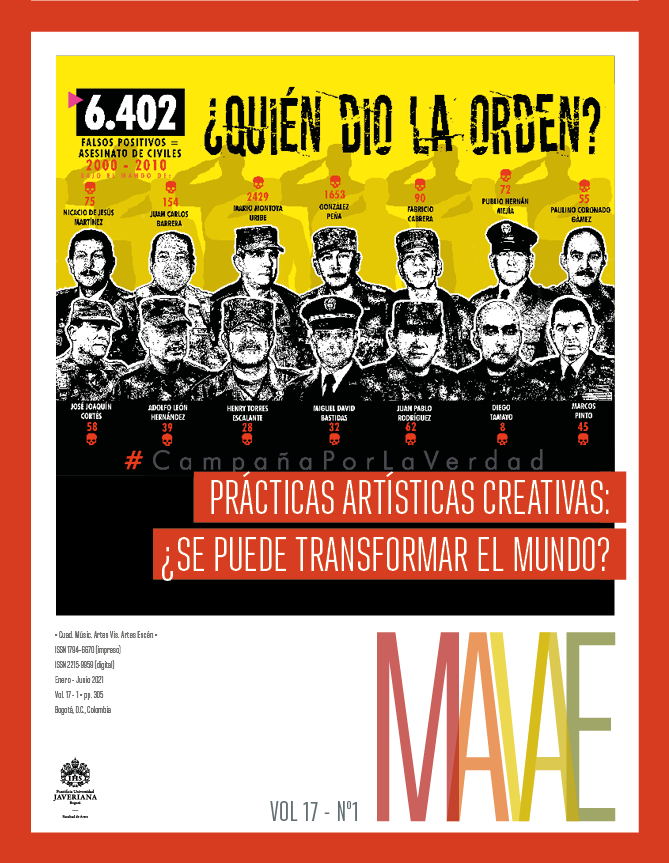Social Protest and the Indigenous Uprising in October 2019 in Ecuador: Analysis of a Reorganization of the Regime of Sensitivity
##plugins.themes.bootstrap3.article.details##
This paper analyzes the social protest that took place in October 2019 in Ecuador, particularly in Quito. We start from the hypothesis that a protest responds to the need to stop with the flow and the affirmation of an established logic to propose a change of course and new forms of common life. The actions studied in the text overflow the space of politics and touch the realm of creativity due to their ability to provoke the real and challenge what is installed as an impossibility. The reflections are conceived in dialogue with the political and aesthetic thought of Jacques Rancière, as well as with the study of the images and the uprising proposed by Georges Didi-Huberman. From this theoretical perspective, we propose a reflection on the logics woven during the October protests that involved new forms of visibility and distribution of sensitivity. First of all, the overall structure proposes an analysis of the singularity of the scene of the protest, of the configuration of the space, and its occupation. Second of all, we propose the study of the representative regime and the aesthetic regime that are at stake during the uprising and that involve a specific distribution of roles. Finally, we analyze the images of the protest and their identification as operations that made it possible to reverse the logics and hierarchies in political distribution in all the materiality that performance vitalizes in order to manifest itself.
levantamiento, régimen estético, imagen, escenaUprising, aesthetic regimen, image, scenelevantamento, regime estético, imagem, cena
Didi-Huberman, Georges. 2020. Desear desobedecer: Lo que nos levanta, 1. Madrid: Abada.
Diéguez, Ileana. 2009. “Escenarios y teatralidades liminales: Prácticas artísticas y socio estéticas”. Archivo Artea. http://archivoartea.uclm.es/textos/escenarios-y-teatralidades-liminales-practicas-artisticasy-socioesteticas/.
Diéguez, Ileana. 2014. Escenarios liminales: Teatralidades, performatividades, políticas. México: Paso de Gato.
Grosz, Elizabeth. 2015. “The Thing”. En Materiality, Documents of Contemporary Art, coordinado por Petra Lange-Berndt, 146-149. Cambridge: MIT Press.
Lange-Berndt, Petra. 2015. Materiality. Cambridge: MIT Press.
Rancière, Jacques. 2003. Le destin des images. París: La Fabrique.
Rancière, Jacques. 2018. La méthode de la scène. Fécamp: Lignes.
Rancière, Jacques. 2011. El tiempo de la igualdad. Barcelona: Herder.
Rancière, Jacques. 2013. Aisthesis: Escenas del régimen estético del arte. Buenos Aires: Manantial.
Rancière, Jacques. 2017. Tiempos modernos: Ensayos sobre la temporalidad en el arte y la política. Madrid: Shangrila.
Santana, Roberto. 1992. Les Indiens d’Equateur, citoyens dans l’ethnicité? Toulouse: Editions du Centre national de la recherche scientifique.

This work is licensed under a Creative Commons Attribution 4.0 International License.


